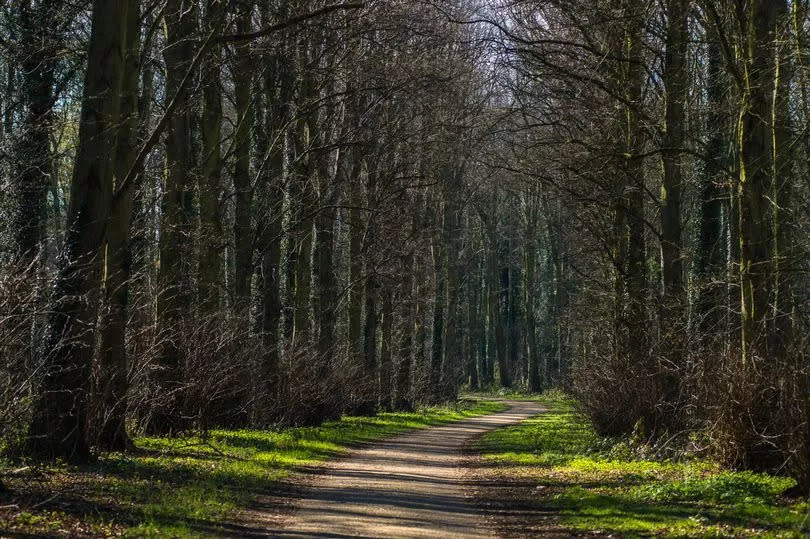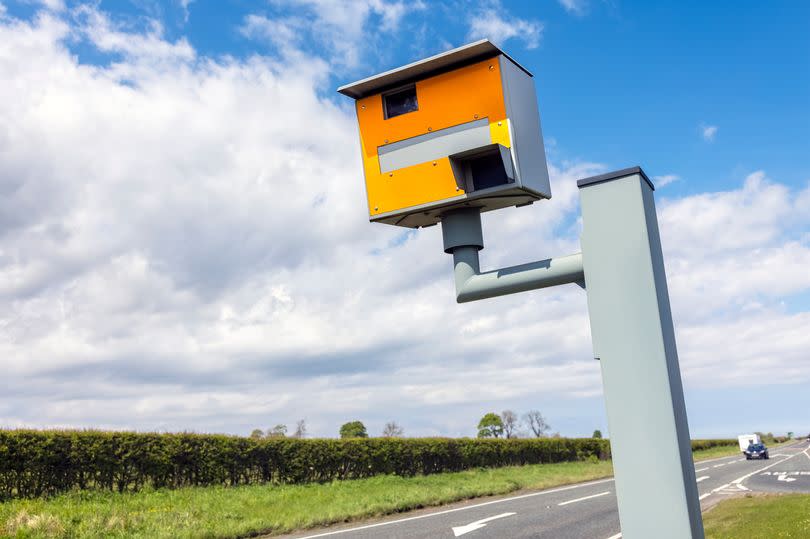Drivers just finding out why many narrow country lanes have 60mph speed limit

Ever wondered why a narrow country lane with limited visibility has a 60mph speed limit?
This question was recently posed by a Reddit user who expressed his bafflement at the high speed allowance on such roads. "Genuinely, why are many country roads in the UK set at the national speed limit? " he queried.
He shared a photo of a typical example on the CasualUK subreddit, adding: "Why would anyone in their right mind even consider going anywhere near 60mph when these roads are winding, narrow and have such poor visibility? I might just be being ignorant but I don't understand it."
Another Redditor clarified: "It doesn't mean that you can safely barrel along at 60 - you may need to slow down to an absolute crawl on a tight bend on a country road in case there is oncoming traffic - but then if there's a long straight you can do 60," they said. "A blanket 30 or 40 on all country roads would significantly impact the lives of rural communities."
Many others criticised the dangers on Britain's roads, but explained the sign in question signifies the "end of a previous restriction" rather than a new one being imposed. "The sign is a black strikeout of a speed sign, because it marks the end of speed limit restrictions," one person elucidated.
"National speed limit then kicks in by default."
One person weighed in: "Outside of urban areas, many roads haven't all been graded for speed, so you can drive at whatever speed is safe to do so according to conditions, but not exceeding the national speed limit for your class of vehicle. Remember, it's a speed limit, not a target."
In response, a man who works in setting speed limits added his professional insights saying: "Setting speed limits is my job, am highways engineer," he clarified. "I haven't seen the proper answer yet so here is my go! It's a very roundabout way to do things but drivers generally don't follow the signs on the road apart from a few select circumstances. We have to take this in mind when it comes to setting a speed limit.
"Upon changing a speed limit with signs alone, average speeds drop by only 1mph. If people traverse a national speed limit road at 58mph and we make it 40 or 50, the average speed would then be 57mph. The criteria for a 40mph limit is substantial development, bends and accesses (but not enough to warrant a 30mph limit). A 50mph criteria is similar but less strict."

He went on to say: "If a road meets the 40 or 50 criteria, the speeds need to already be in the enforcement criteria (10% + 2 above the limit). If they aren't already there, changing the speed limit won't achieve that. If there is a desire to lower the speed on that road for safety reasons, we have to first engineer the speeds down with physical measures.
"Where it gets really weird is when average speeds are already below the target limit. For example we've been asked to make a road 40 from national, but average speeds are 30. The speeds would likely increase as there is now a target to hit."
Speedsters may find themselves under additional restrictions from next Sunday (July 7), as per a new EU mandate that insists on new vehicles manufactured in Europe to have speed limiters installed. Despite being a non-EU entity, many motors sold here in the UK are European-made - signalling a significant alteration for those pondering over purchasing a brand new car post that date.
Motor Match spoke regarding the change: "The new rules, set to take effect in July, introduce 'mandatory' speed limiters, changing how we drive on roads. These Intelligent Speed Assistance systems will become standard, forcing drivers to stick to speed limits automatically."

 Yahoo News
Yahoo News 
